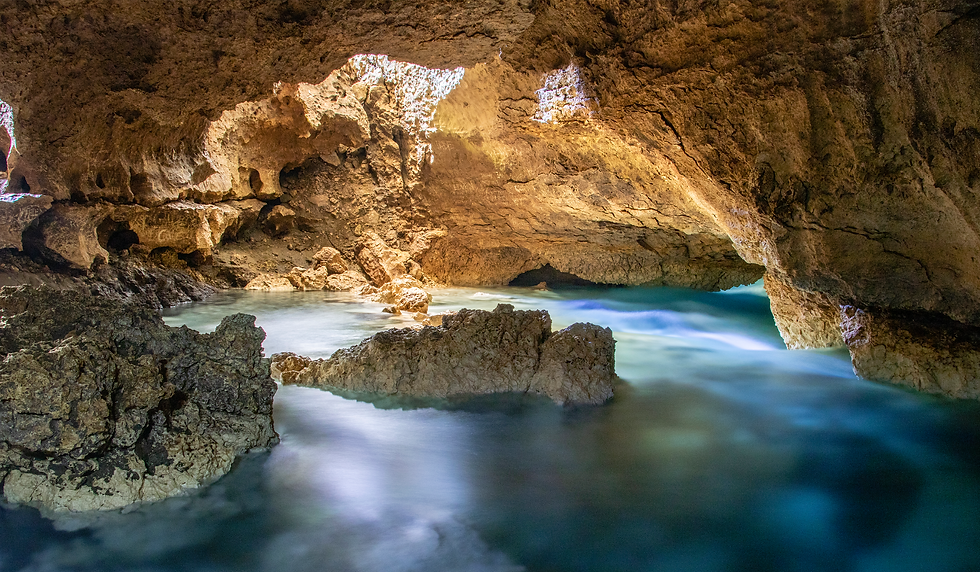Rivers: Lifelines of the Earth
- Admin

- Sep 24
- 3 min read
Introduction
Rivers are among the most important landforms in geography, acting as dynamic systems that carve valleys, shape plains, and create fertile lands. They sustain aquatic life, support human civilizations, and serve as critical components of the hydrological cycle. From the world’s longest, the Nile River, to the mightiest by discharge, the Amazon River, rivers are vital to both natural landscapes and human societies.

Important Details About Rivers
Definition: Natural flowing watercourses, usually freshwater, moving toward an ocean, sea, lake, or another river
Formation: Originates from sources such as springs, glaciers, or rainfall, flowing downhill due to gravity
Key Features: Source, tributaries, confluence, meanders, oxbow lakes, delta, mouth
Classification: Based on origin (glacial, perennial, seasonal), size, discharge, and basin
Geographic Role: Shape landscapes, transport sediments, support ecosystems, and provide water for agriculture and human settlement
Human Importance: Drinking water, irrigation, transportation, hydroelectricity, cultural and historical development
Formation and Course of Rivers
Rivers begin at a source, often a glacier, spring, or rainfall in highland regions. They travel across varying terrains, shaping valleys, plateaus, and plains. Along their journey, rivers may:
Collect water from tributaries.
Form meanders and oxbow lakes.
Deposit sediments to create deltas at their mouths.
The typical course of a river is divided into three stages:
Upper Course: Steep slopes, waterfalls, rapids, and fast-flowing water.
Middle Course: Wider valleys, meanders, and floodplains.
Lower Course: Slow-moving water, larger volume, deltas, and estuaries.
Types of Rivers
Rivers are categorized in several ways:
Glacial Rivers: Fed by melting glaciers (e.g., Indus, Brahmaputra).
Perennial Rivers: Flow year-round due to large basins or constant sources.
Seasonal Rivers: Flow mainly during rainy seasons.
Volcanic or Tectonic Rivers: Shaped by geological activity.
They also vary in drainage patterns: dendritic, radial, trellis, or rectangular, depending on the underlying geology.

Major Rivers of the World
Nile (Africa): Longest river, vital for Egyptian civilization.
Amazon (South America): Largest discharge, home to diverse ecosystems.
Yangtze (China): Longest river in Asia, crucial for trade and agriculture.
Mississippi-Missouri (USA): Important transport route.
Danube (Europe): Crosses multiple countries, historically significant.
Ganges (India): Sacred river with cultural and agricultural importance.
Role in Geography and Ecosystems
Rivers are key to landform development:
Erode mountains and carve valleys.
Deposit fertile silt on floodplains.
Create wetlands and delta regions that support biodiversity.
In ecosystems, they provide freshwater habitats for fish, amphibians, and plants. They also link terrestrial and marine systems, transporting nutrients to seas and oceans.
Human Dependence on Rivers
For millennia, human civilizations thrived near rivers. Examples include the Egyptians on the Nile, the Mesopotamians on the Tigris-Euphrates, and the Indus Valley Civilization.
Uses include:
Irrigation: Supporting agriculture in river basins.
Transportation: Natural highways for trade.
Hydroelectricity: Harnessing water for renewable energy.
Cultural Significance: Many rivers hold spiritual importance.
Human Impact on Rivers
While rivers support life, human activities also threaten them:
Pollution: Industrial waste, agricultural runoff, and sewage.
Dam Construction: Alters flow, floods ecosystems, displaces communities.
Deforestation: Increases soil erosion and sedimentation.
Climate Change: Alters river flow and threatens freshwater supply.
Interesting Facts About Rivers
The Amazon River once flowed westward before the Andes uplift reversed its course.
Some rivers, like the Okavango, flow into deserts, creating inland deltas.
The Yellow River in China is called the “Sorrow of China” due to frequent floods.
Underground rivers exist in limestone caves, hidden beneath the surface.
Ending Notes
Rivers are not just water bodies; they are the lifelines of Earth, shaping landscapes, supporting biodiversity, and nurturing civilizations. Protecting rivers through sustainable management ensures that future generations can continue to benefit from their ecological, cultural, and economic value.







Comments